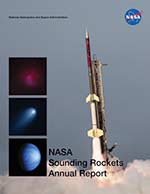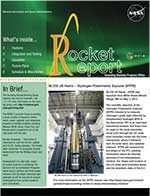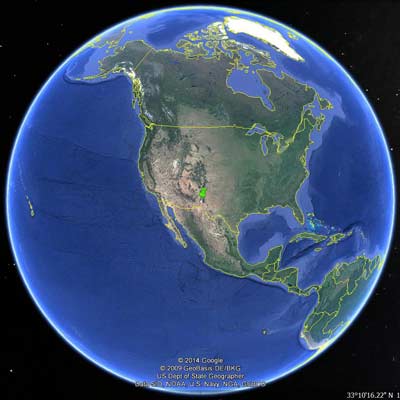
36.368 UG GREEN UNIVERSITY OF COLORADO
Dual-channel Extreme Ultraviolet Continuum Experiment (DEUCE)
- Mission
- Vehicle
- Launch
- Photos
The Dual-channel Extreme Ultraviolet Continuum Experiment (DEUCE) is a spectrograph operating from 650 – 1100Å. DEUCE measured how much ionizing photons B stars, such as the target star for this mission ß canis major, produce.
DEUCE has two modes; a low resolution, high throughput mode operating from 650 – 890 Å, and a high resolution, low throughput channel from 650 – 1100 Å. The stellar brightness changes dramatically above 912 Å and below 912 Å and therefore the two modes are necessary. The change in intensity is unknown, and may range from 10/1 to 10,000/1. DEUCE will measure the flux of local, bright, hot stars that have very little intervening absorbing material in the interstellar medium. There are no preexisting measurements of the flux of these types of stars in the critical 700 – 900 Å regime, and the
fundamental objective of DEUCE is to understand how bright these types of stars are in that regime.
This was also a test flight for a new varian of the NASA ETD designed Autonomous Rocket Tracker (A.R.T.) For this mission two trackers will be integrated into the nosecone and bolted to the skin. A.R.T. relays GPS coordinates to a remote user via the Iridium satellite network, and enables tracking and locating vehicle and payload parts after impact. This will be the third flight for A.R.T. and the first of this configuration.
This was the third flight of DEUCE.
The Principal Investigator is Dr. Green, University of Colorado.
For more on this mission, visit: https://www.nasa.gov/feature/goddard/2020/sounding-rocket-to-see-what-keeps-intergalactic-space-sizzling
The Black Brant 9 is a two stage sounding rocket with a Terrier first stage and Black Brant second stage. The Black Brant 9 can reach altitudes of about 600 km. Payloads weighing from 400 to 1200 pounds can be flown.
The DEUCE mission launched from White Sands Missile Range, New Mexico on November 2, 2020.



